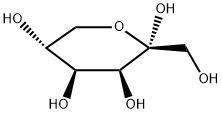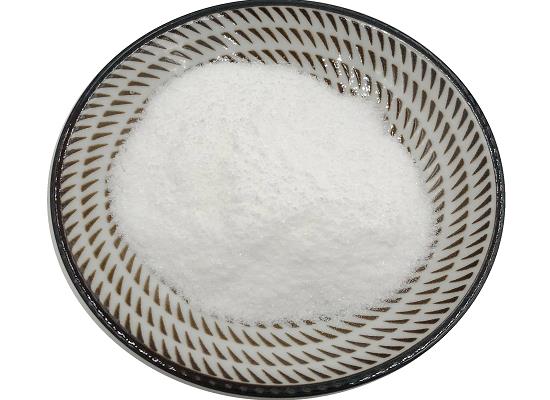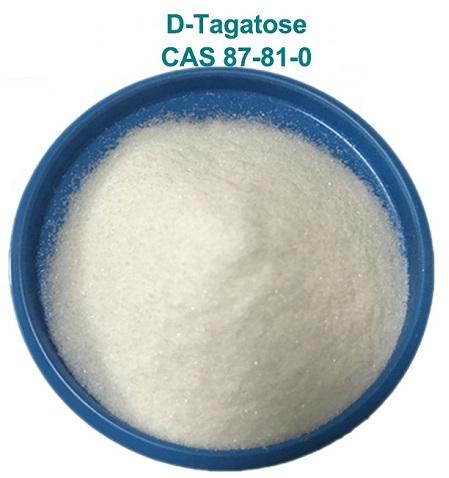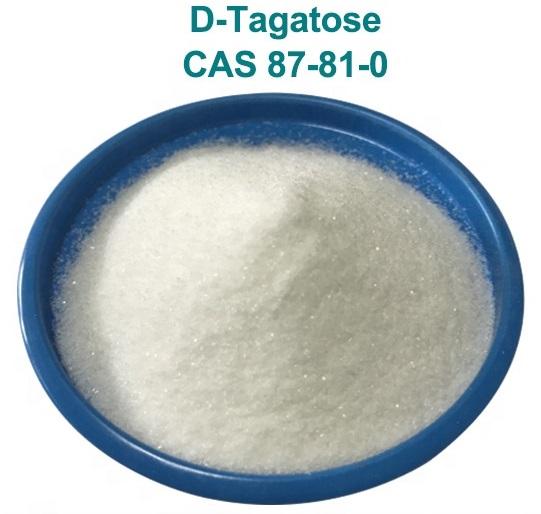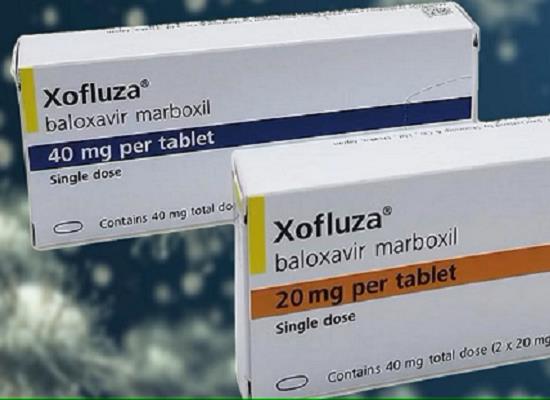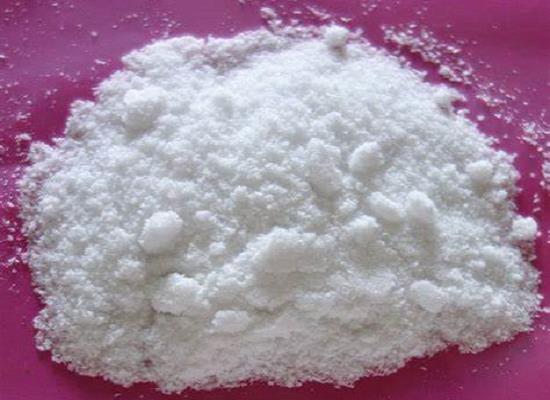D-tagatose: properties, drug applications and side effects
General Description
D-tagatose is a sugar substitute with several beneficial properties. It is non-carcinogenic, lacks off flavors or a cooling effect, and does not have laxative effects. It promotes the growth of lactic acid bacteria in the intestines and has potential benefits for managing diabetes, dental health, and calorie intake. D-tagatose also exhibits antioxidant properties and can protect against certain drug toxicity. However, excessive consumption can cause gastrointestinal side effects such as stomach discomfort, nausea, and diarrhea. It is non-genotoxic and does not have a hemolytic effect on red blood cells. In drug applications, D-tagatose shows promise for managing type 2 diabetes, improving pregnancy outcomes, treating hemophilia, protecting liver cells, and enhancing organ transplant outcomes. Some possible side effects include diarrhea, flatulence, headaches, hypoglycemia, and nausea/vomiting. It is important to consume D-tagatose in moderation and consult healthcare providers when needed.

Figure 1. D-tagatose
Properties
D-tagatose has several beneficial properties that make it a suitable alternative to sucrose. It is non-carcinogenic, does not have off flavors or a cooling effect, and lacks laxative effects. Additionally, D-tagatose increases the growth of lactic acid bacteria in the intestines, providing functional benefits. It plays an effective role in managing diabetes, controlling dental caries, and regulating calorie intake in beverages and foods. D-tagatose also exhibits antioxidant properties by sequestering reactive iron, which helps counteract oxidative stress in hepatocytes. It has been found to protect against the toxic effects of certain drugs. However, excessive consumption of D-tagatose can cause gastrointestinal side effects such as stomach rumbling, distention, nausea, flatulence, and diarrhea. It has been shown to be non-genotoxic and does not have a hemolytic effect on erythrocytes. The sugar is incompletely absorbed from the small intestine and is completely fermented, leading to the production of fermentation products that can cause osmotic effects in the intestines and potentially contribute to diarrhea. Despite having similar properties to D-fructose, D-tagatose has lower metabolizing energy, making it a beneficial option for carbohydrate tolerance and fasting hyperglycemia in type 2 diabetic patients, potentially preventing diet-associated weight gain without adverse effects on biomolecular metabolism. 1
Drug applications
D-tagatose has shown potential as a valuable ingredient in drug manufacturing due to its clinical properties. It does not raise blood glucose levels and exhibits anti-hyperglycemic effects, making it a potential therapeutic adjunct for managing type 2 diabetes mellitus. Prescribed doses of tagatose, when combined with dietary restrictions, could promote overall health and longevity. In addition, tagatose has positive effects on pregnancy and fetal development, increasing the percentage of live births in rats. It also regulates blood factors and shows potential as a beneficial drug for treating hemophilia. Tagatose has antioxidant and cryoprotective effects, protecting liver cells against pro-oxidant toxins. Clinical experiments on normal and genetically diabetic rats have shown its influence on blood glucose levels. Furthermore, tagatose has been successfully used in organ transplants, improving outcomes compared to transplants without tagatose. Its low calorie content and pleasant taste make it a useful excipient in pharmaceutical products, overcoming the issue of unpleasant taste and facilitating consumption. Its use as a sweetening excipient in pharmaceuticals for non-human primates and canines reduces stress during administration. Overall, D-tagatose holds promise for various drug applications. 2
Side effects
Some possible side effects of D-tagatose include diarrhea, flatulence, headaches, hypoglycemia, and nausea/vomiting. Consuming large amounts of D-tagatose can lead to gastrointestinal discomfort and laxative effects, resulting in diarrhea and flatulence. Headaches may occur due to changes in blood sugar levels. Hypoglycemia can occur, especially in individuals on blood sugar-lowering medications or with diabetes, leading to symptoms like shakiness and confusion. Nausea and vomiting may also occur, particularly in those sensitive to the laxative effects or with excessive consumption. It is important to note that individual experiences may vary, and further research is needed on long-term safety and effects on different populations. Moderation and consultation with healthcare providers are recommended. 3
Reference
1. Jayamuthunagai J, Gautam P, Srisowmeya G, Chakravarthy M. Biocatalytic production of D-tagatose: A potential rare sugar with versatile applications. Crit Rev Food Sci Nutr, 2017, 57(16):3430-3437.
2. Zehner LR, Levin GV, Saunders JP, Beadle JR. D-tagatose as antihyperglycemic
agent. 1994, US patent no. 5,356,879.
3. Buemann B, Toubro S, Raben A, Astrup A. Human tolerance to a single, high dose of D-tagatose. Regul Toxicol Pharmacol, 1999, 29(2 Pt 2):S66-70.
Related articles And Qustion
Lastest Price from D-tagatose manufacturers
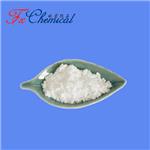
US $0.00/G2025-04-21
- CAS:
- 87-81-0
- Min. Order:
- 10G
- Purity:
- 98%min
- Supply Ability:
- 30kg/month

US $1.00/kg2025-04-21
- CAS:
- 87-81-0
- Min. Order:
- 1kg
- Purity:
- 99%
- Supply Ability:
- 10 mt
